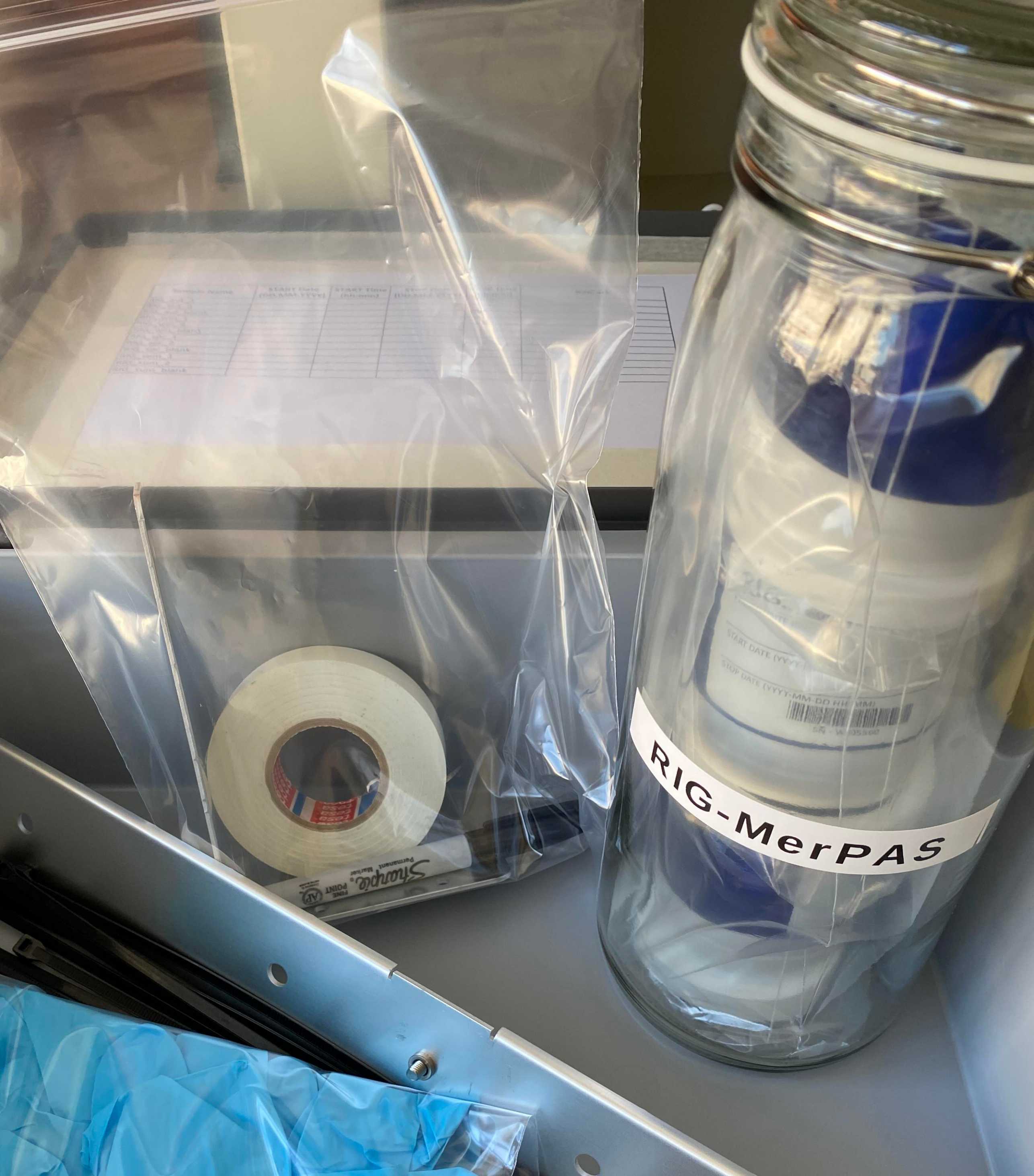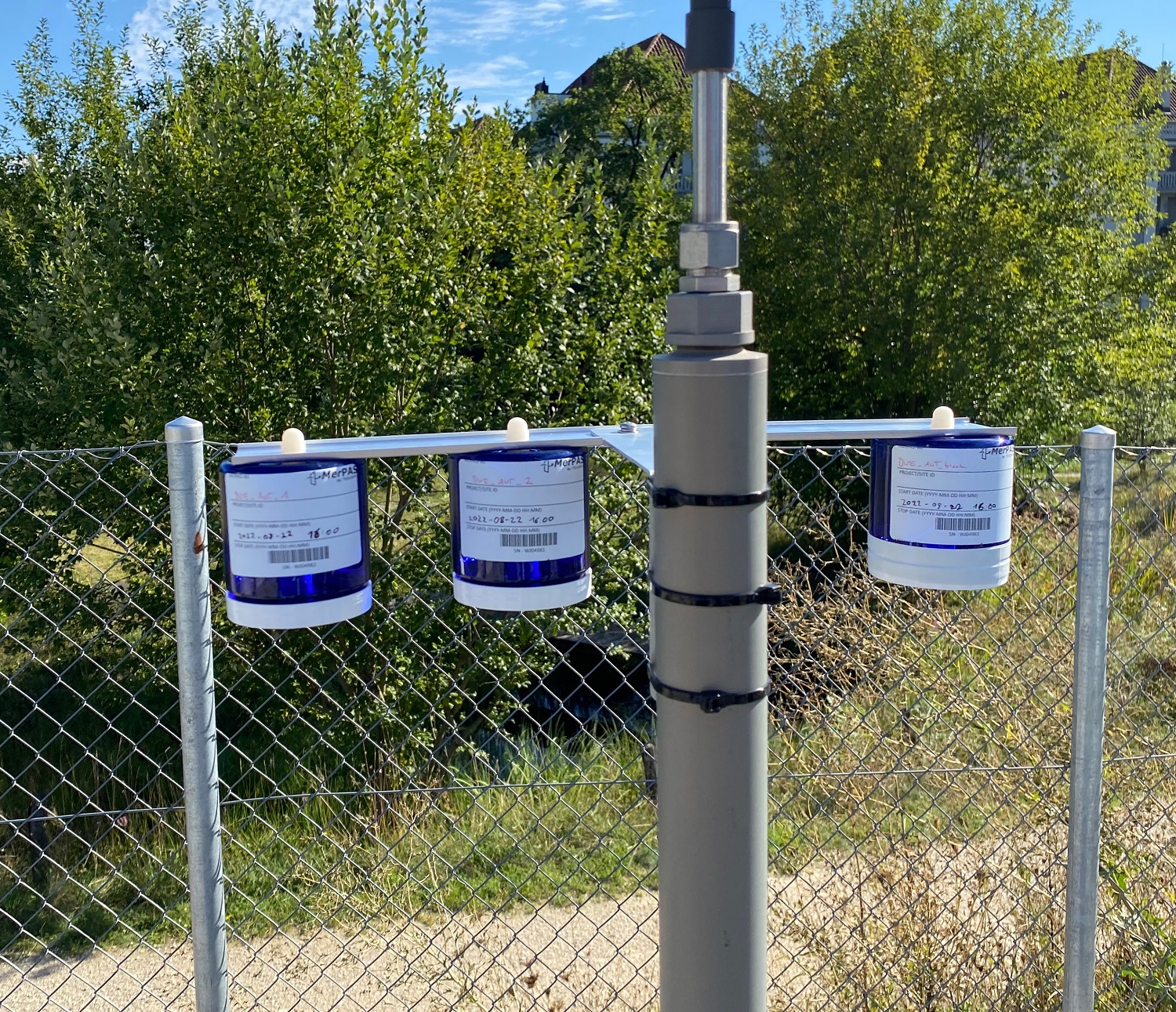Swiss Mercury: Mercury monitoring to evaluate the effectiveness of the Minamata Convention in Switzerland: A pilot study
Context
Mercury (Hg) is a highly toxic, global pollutant that affects health of humans and wildlife. In order to protect the environment from Hg pollution, the Aarhus Protocol on Heavy Metals was adopted in 1998 under the auspices of the UNECE Convention on Long-Range Transboundary Air Pollution. Building on the Aarhus Protocol of heavy metals, the UNEP Minamata Convention on Mercury was adopted in 2013. The Convention aims to reduce the threats from Hg pollution specifically by curbing global anthropogenic Hg emissions to the environment. Therefore, the Conference of the Parties (incl. Switzerland) committed to control mitigation measures by monitoring Hg concentration trends in air, biota and humans. Analysis of trends in air Hg concentrations has been identified as one of the primary and most appropriate types of monitoring to evaluate the effectiveness of the Convention.
Project aims
The goal of the project is to establish a measurement network to identify seasonal dynamics of air Hg concentrations and characterize its spatial patterns across Switzerland. Furthermore, we want to pinpoint hotspots of soil Hg concentrations and estimate Hg emissions to air from a former landfill in Switzerland.
To reach these objectives we deploy Mercury Passive Air Sampler (MerPAS) at 16 stations of the external page National Air Pollution Monitoring Network (NABEL) as well as at six Swiss FluxNet sites. On the landfill we deploy a dense network of MerPAS.

